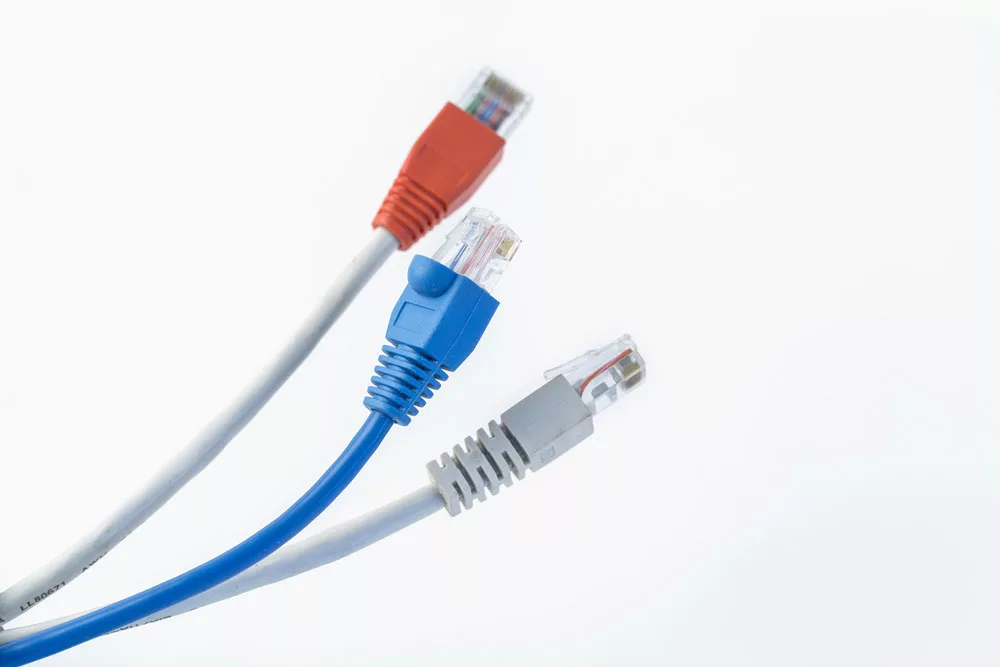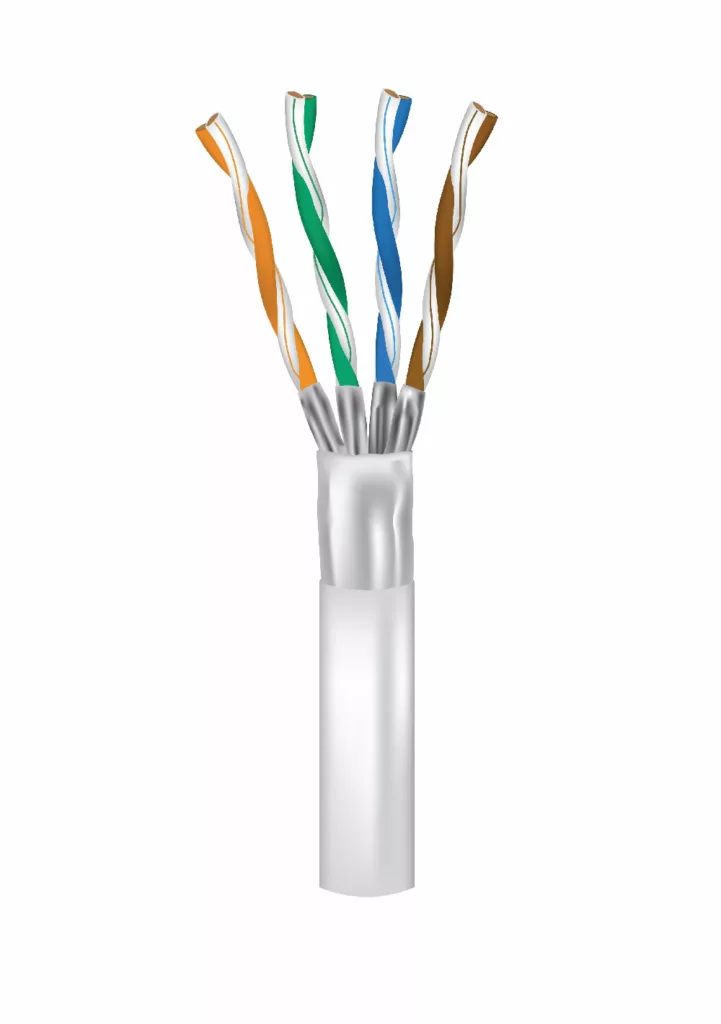What does Cat6 Ethernet cable mean? When choosing a network for a home or a business, picking a suitable ethernet cable is essential. The correct cable affects the speed and performance and the connection quality.
There are different types of ethernet cables like Cat3, Cat5/5e, Cat6/6e, and Cat7, among which the Cat6 cable is highly recommended for its faster speed and cheaper price than others.
In this article, we will discuss in detail what cat6 ethernet cable means and all about them.
Table of Contents
- What is a Cat6 ethernet cable?
- Category 6 ethernet cable speed:
- Cat6 cables’ maximum length
- Using Cat 6 cable:
- Conclusion:
What is a Cat6 ethernet cable?
Cat6 or Category 6 ethernet cable is a twisted pair cable for ethernet physical or other network layers. The cable shows backward compatibility with standards related to category 5/5e and Cat3 cables.
These cables have stricter specifications regarding system noise and crosstalk than Cat5/5e.
According to its standards, it can deliver performance for up to 250MHz compared to 100 MHz of cat5/5e cables.
If you use Cat6 cables for 10GBASE-T, the maximum length is restricted to 55 meters, but Cat 6a has characteristics of 500 MHz and better crosstalk features.
As a result, it allows GBASE-T to run for a 100-meter max distance like other ethernet variants.

Colorful network cables with RJ45 connectors
Category 6 ethernet cable standard
You can identify a Cat6 cable with the labeling done on the sides of the cable sheath. ANSI/TIA-568 defines these cables’ types, cabling topologies, and connector types.
Generally, Cat 6 cables (patch cables) terminate with an 8P8C modular connector with T568A/B pin assignments.
It is essential to use category 6 rated patch cables, connectors, and jacks with Cat6 wiring; otherwise, the cable won’t meet performance standards, showing degraded performance.
According to Category 6 cables’ standards, the conductor should be pure copper.
Many manufacturers do not comply with this standard and use copper-clad aluminum conductors. Beware of such manufacturers.
Category 6 ethernet cable speed:
A Cat6 cable can send Gigabit ethernet data at a speed of 1 Gigabit/sec. A single ethernet cable can accommodate 10GB ethernet connections for about 180 feet.
Cat6 cables’ maximum length
If you are using cat6 cable for 10BASE-T, 100BASE-T, or 1000BASE-T, the maximum length of the cable is around 100 meters or 328 feet.
Out of this 100, 90 meters is a solid horizontal cable between the wall jack and patch panel, along with 5m of stranded patch cable between the attached device and the jack.
For 10GBASE-T, cat6 cables do not exceed 55 meters.
Using Cat 6 cable:
You can use a Cat6 cable to connect a PC to any device, like a router, hub, or switch, to allow file sharing or access to the network.
You can also use a Cat6 cable to connect the computer to other devices like printers and scanners and also for patch panel In and Out LAN connections.
Based on the installation location, a CAT 6 cable may undergo different electromagnetic interference or EMI types.
EMI may have different reasons, including printers, air conditioners, lighting, generators, or motors.
Usually, Category 6 cables use twisted pair cables to reduce the noise due to electrical interference.
An unshielded twisted pair cable is a regular cable with twisted wires without any foil shield.
As a result, it fails to reduce electromagnetic interference to the extent done by the STP cables.
Shielded twisted pair cable or STP Cat 6 cable:
You may not find regular twisted pair cables workable in some environments; shielded cables are necessary to combat such situations.
The twisted wire pairs are shielded in a foil sheath wrapped around them in these cables.
The foil sheath is further protected by a layer of PVC (Polyvinyl Chloride) or LSZH (Low Smoke Zero Halogen) sheath.
The shielding makes these cables resistant to electromagnetic interference.
However, the major drawback of these cables is that the extra shielding makes them expensive. The shielding also makes them stiff, making them harder to install.
Further, you must buy shielded connectors and jacks for these cables, increasing the cost.

Shielded twisted pairs
Conclusion:
Now you know all about Cat 6 cables, but buying a Cat 6 cable is another crucial decision. There are different options to buy depending on your application requirements.
There are cables in different lengths, styles, and colors. Also, you can find cables under the carpet or run through all installations.
For variety and any style in Cat 6 cables, contact Cloom. We have all sorts of options available for you. You can get in touch with our technical team for more details.
